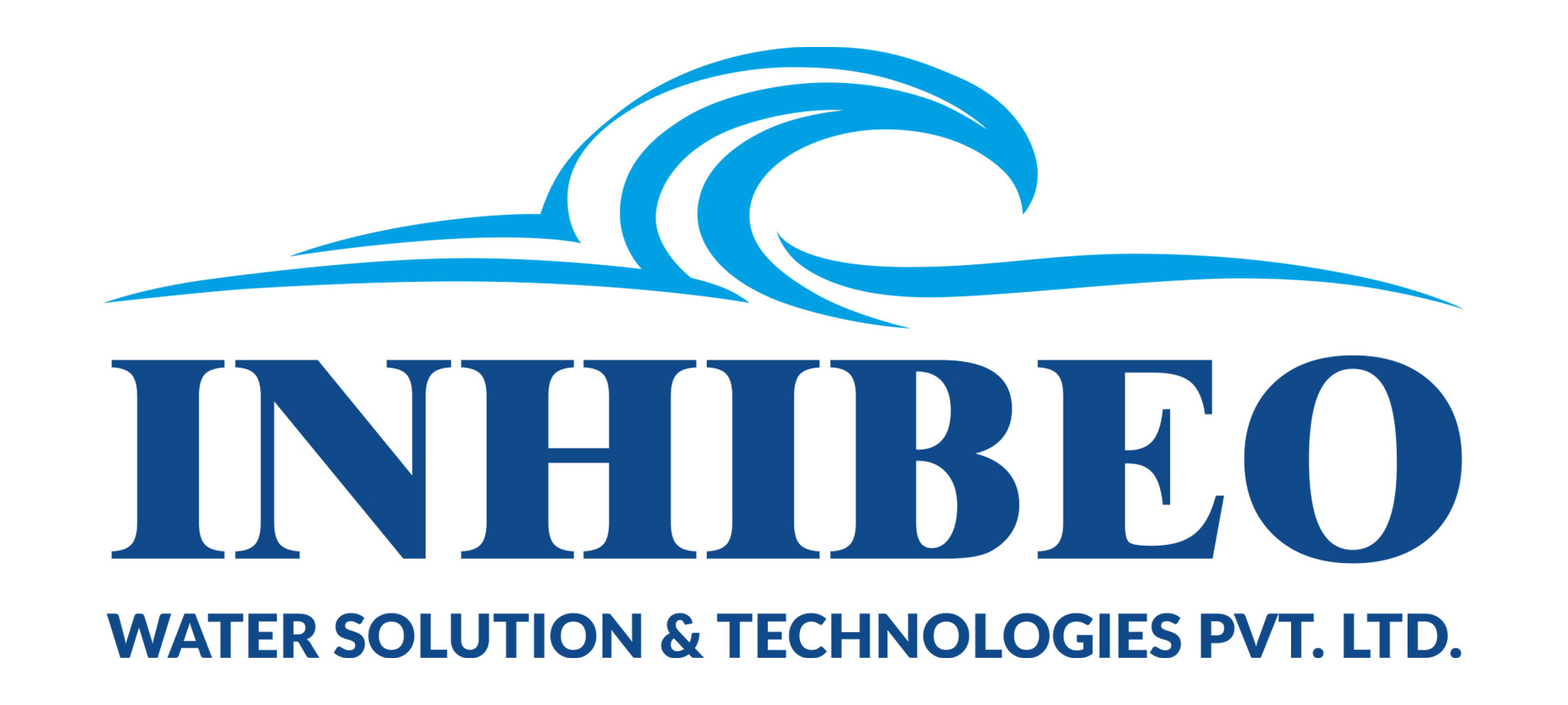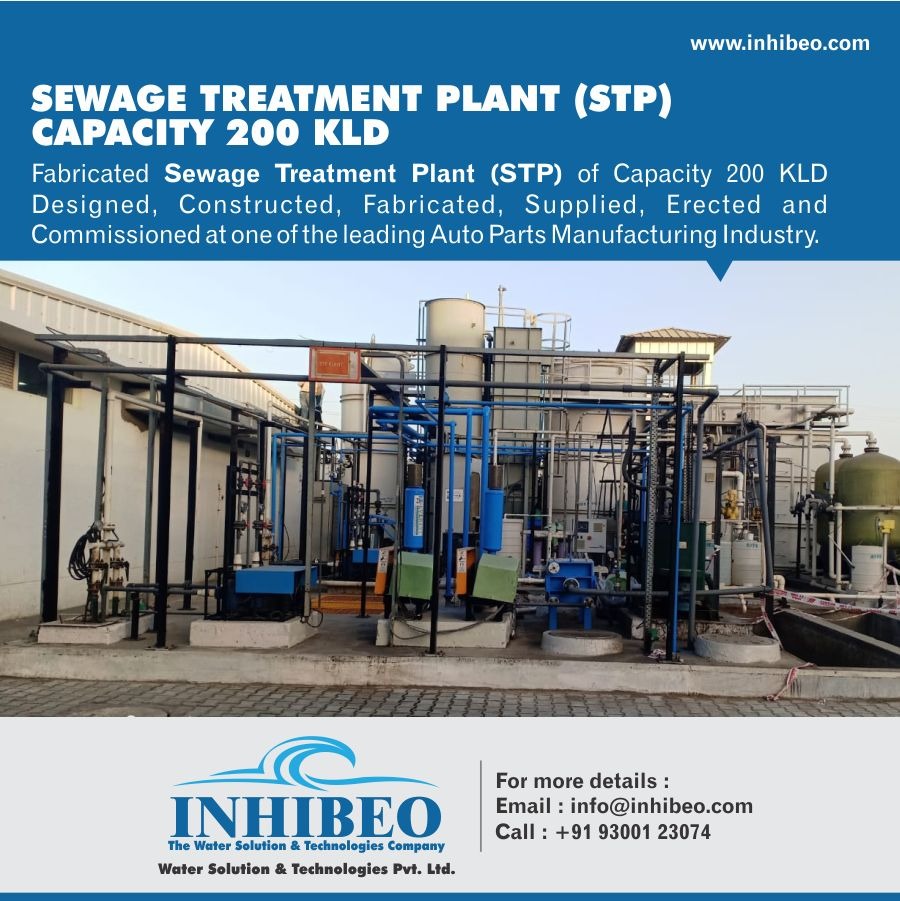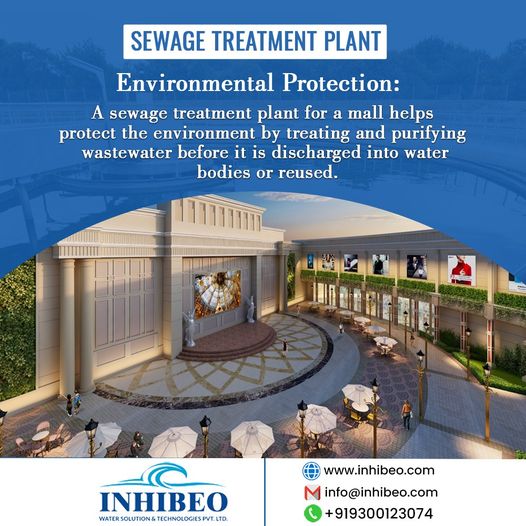Sewage Treatment Plant (STP)
Home / Sewage Treatment Plant (STP)
At INHIBEO WATER Offers a variety of treatment alternatives, in sewage treatment storting from small prefabricated package plants to multimilion gallon capacity municipal sewage treatment plants. In line with our dedication to the principle of sustainable development with appropriate technology, we offer variety of treatment alternative in sewage treatment. Our systems ore designed taking into consideration type and size of plow, available resources in terms of capital, manpower and space with on emphasis on maximum possible reuse and recycle various sewage treatment alternatives offered by Ar INHIBEO WATER Are
A Sewage Treatment Plant (STP) with a capacity of 210 KLD refers to its ability to treat 210,000 liters of sewage per day. STPs are designed to treat and process domestic or municipal wastewater, which includes water from toilets, baths, showers, sinks, and other sources from residential, commercial, and industrial areas.
The purpose of an STP is to remove contaminants and pollutants from the sewage, ensuring that the treated water can be safely discharged into the environment without causing harm to public health or ecosystems. The treatment process typically involves several stages, such as:
Preliminary Treatment: This stage involves the removal of large objects like debris, plastics, and stones through physical barriers like screens and grit chambers.
Primary Treatment: In this step, solid particles that have settled at the bottom of the sewage are removed using sedimentation tanks or clarifiers.
Secondary Treatment: Biological processes are used in the secondary treatment stage to break down organic matter and reduce the pollutant load further. Common methods include activated sludge processes, trickling filters, or rotating biological contactors.
Tertiary Treatment (Optional): If required, tertiary treatment can be employed to further polish the effluent by removing nutrients (nitrogen and phosphorus), dissolved solids, and other trace contaminants.
Disinfection: Finally, the treated water is disinfected to eliminate harmful pathogens, usually through chlorination, ultraviolet (UV) radiation, or other suitable methods.
The capacity of an STP is determined based on the expected volume of sewage generated in the area it serves. The 210 KLD capacity suggests that the plant can treat up to 210,000 liters of sewage per day, and it’s essential for ensuring that the plant can handle the expected wastewater load in a given region. However, the actual capacity required would depend on the population and industrial activities in the area, as well as any future growth projections.
A Sewage Treatment Plant (STP) with a capacity of 200 KLD refers to its ability to treat 200,000 liters of sewage per day. As mentioned earlier, STPs are designed to treat and process domestic or municipal wastewater to remove contaminants and pollutants before discharging the treated water into the environment.
The capacity of the STP is determined based on factors such as the population served, industrial activities in the area, and future growth projections. A 200 KLD STP is capable of treating wastewater generated from residential, commercial, and industrial sources that collectively produce up to 200,000 liters of sewage on a daily basis.
To ensure effective treatment, STPs may include various stages and processes like preliminary treatment, primary treatment, secondary treatment, and disinfection. Each stage plays a crucial role in removing different types of pollutants and making the effluent safe for discharge or reuse.
It’s worth noting that the appropriate capacity of an STP is crucial for ensuring that it can handle the volume of wastewater generated in its service area. Properly designed and maintained STPs are essential for protecting public health, preserving the environment, and meeting regulatory standards for water quality. Additionally, wastewater treatment plants may also have provisions for sludge treatment and disposal, as well as measures to minimize the environmental impact of the treated effluent.









